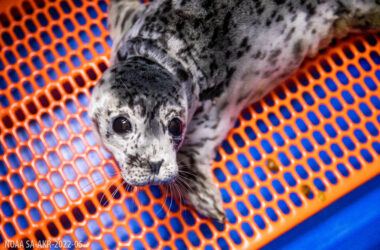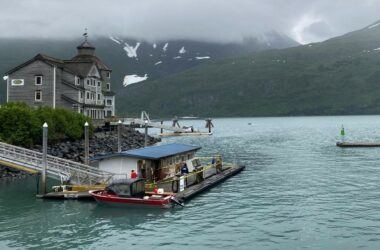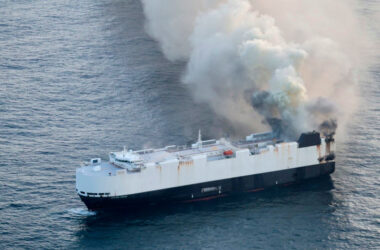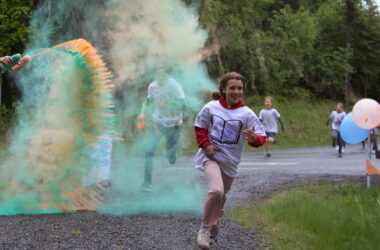The Kenai Fire Department received additional revenue from the Supplemental Emergency Medical Transport program that was not budgeted in FY23. Now those funds are being put toward the purchase of an inflatable rescue boat and to provide training during their upcoming Rescue Boat Operator course in June.
Kenai City Manager Terry Eubanks on available funds…
“Related to the supplemental Emergency Medical Transport payments, that’s a new program out there by which the city can seek additional reimbursement for Medicaid transports. For fiscal years 20 and 21, the city has received its interim payment, so initial payments on those payments this year have totaled in excess of $646,000. It’s really was unbudgeted money that we did receive so when chief approached me with the need for additional capabilities in a boat, I thought that would be a an excellent source that we could use to fund this.”
The need for this rescue boat and training has become more apparent after multiple incidences.
Kenai Fire Chief Tony Prior on boat specifications…
“This is an inflatable boat that’s just under 16-foot, but it’s design capabilities strictly for shallow water and the motor that is planned for it is a 60/40 jet lower-end unit specifically designed for these so that it allows us to get in and across the bar potentially. And the boat is light enough to where the crew, is our plan, to be able to grab it and pack it down and launch it off the beach with the crew themselves.”
Tony Prior, the Fire Chief wrote in a memo to the Council, “These situations have happened multiple times, including recently when we had an individual stuck in the mud during a rising tide. This would have been a perfect opportunity to launch this proposed boat from the North beach and access the person in distress from the water.”
“We had a rescue not too long ago. We weren’t able to actually launch the big boat we have until just this week from the launch getting cleared. We needed to come up with an alternative solution to be able to even get out on the water and this is the one that we’ve researched that would be the best opportunity for us to be able to improve our capabilities on the water both upper river and into the inlet three miles out into it. So, it’s a motor and included with a trailer that we’re planning on with wider tires that we can actually get down on the beach if we need to tow it down with one of the Rangers or six-wheelers in the middle of the summer. And then training also, so we have our instructor that’s gonna be coming up providing the training for us at the end of June.”
Their current Safe Boat works for most of their rescues, however, when they are unable to launch year-round due to the City’s launch availability, they lose their ability to respond.
The rescue boat would provide the Fire Department with the equipment they currently lack to perform water-based rescues and rapid access when the City’s boat launch is inaccessible and operable.
The department has a limited ability to perform water-based rescues in two geographic areas.
Area 1: Kenai River (from Warren Ames bridge down river) into the inlet.
There are times of the year when the boat launch has ice or snow on it and they are unable to launch the Safe Boat, or during a low tide, they are also unable to get their Safe Boat across the sand bar at the convergence of the river and the inlet.
Area 2: Kenai River from Warren Ames bridge up to Pillars boat launch.
This area of the river is particularly influenced by the tide and can be very shallow in many areas. The department’s current Safe Boat is a heavy boat that draws approximately 3 feet of water.
Prior writes in the memo, “We do not take this boat above the Warren Ames bridge unless there is a large/high tide, and even in that case, it would be a risk to do so. This boat would provide us access to this section of river to affect water-based rescues.”
In addition to the 2 areas mentioned above, this additional boat bolsters their water rescue plan for airport emergencies as well as improves their overall capabilities of rescue with 2 boats in the water during any water-based emergency.
Prior writes, “The survival of any person in the water is crucially dependent upon the speed at which we get to them and how fast we get them out of the water. A person in our cold water has approximately 10 minutes before they lose meaningful movement and 1 hour before they potentially succumb to hypothermia.”
The inflatable rescue boat and the Department’s upcoming Rescue Boat Operator Course will improve their rescue capabilities which will make for a safer Kenai.






